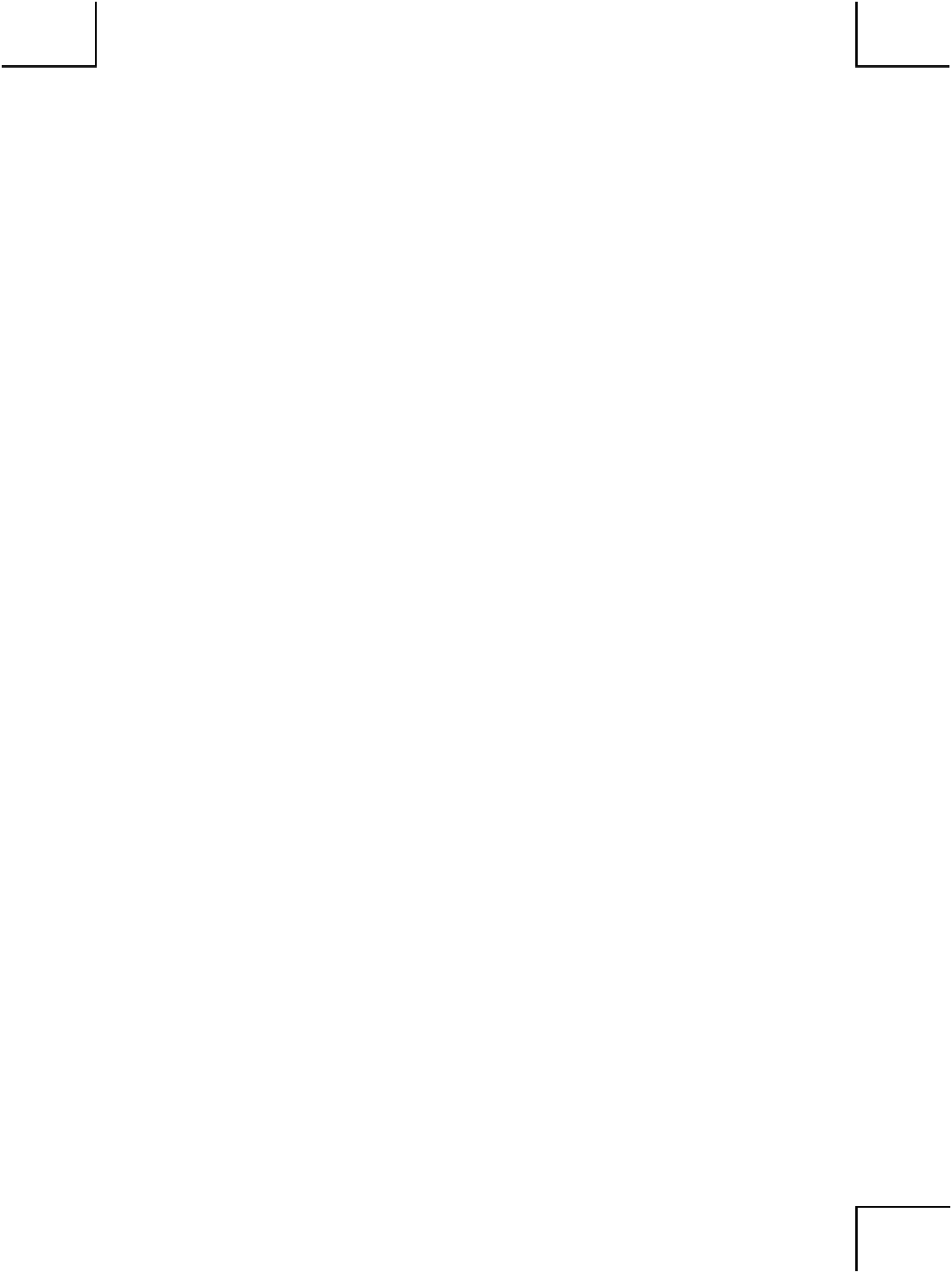Biology Reference
In-Depth Information
•Wash the sections thoroughly several times with PBS
• Add a drop of the antifading solution and mount under a coverslip.
• The slides can be kept at -20
C until observation under a photomicroscope
equipped with an epi-illumination fluorescent system.
°
Note
: Prior to immunocytochemical analysis of the hybrid intestines, check
the antibody specificity on control chick and mouse intestinal fragments.
4. Notes
1.
The quality and activity of the collagenase batch used for the dissociation of the
endoderm from the mesenchyme are very important. Indeed, after enzymatic
treatment, the endoderm must be easily removed mechanically using micro-
chirurgical instruments to avoid mesenchymal cell contamination. The use of
quail rudiments makes it possible to confirm that there is no contamination dur-
ing the dissociation step, as quail cells can be recognized by nuclei marker
(13)
.
2.
The techniques of dissociation/reassociation of rudiments and of grafting need
some dexterity and experience.
3.
Because of a severe lethality of the chick embryos as a consequence of the graft-
ing procedure, plan to incubate twice as many host eggs as needed.
4.
There are multiple variations of this method:
• The endoderm or the mesenchyme can be replaced by established cell lines or
by primary cell cultures
(14
,
15)
.
• Associations can be grafted under the kidney capsule
(5)
or under the skin
(11)
of adult nude mice (nu/nu Swiss mice); in these conditions, exogenous
regulation of basement membrane formation and of epithelial cell differentia-
tion is submitted to the hormonal supply provided by the adult host.
• The associations can be deposited directly on the chorioallantoic membrane
of two successive 9-d host embryos allowing a longer developmental growth
(16)
.
• Such heterospecific associations can also be performed using rat or human
tissues: in these cases, the intestines have to be taken at 14 d and 8 wk of
gestation, respectively, in order to get the optimal conditions for dissociation.
Acknowledgments
The authors would like to thank Dr. Katy Haffen for the major contribution
in the development of this technique. They also thank Cathy Leberquier and
Christiane Arnold for their continuous and dextrous help in performing these
experiments. A special thank to Bernard Lafleuriel (Curri Visualisation,
Université Louis Pasteur, Strasbourg, France) for generating the figures.
Isabelle Gillot is gratefully acknowledged for secretarial help.
References
1. Lipton, B. H. (1977) Collagen synthesis by normal and bromodeoxyuridine-modu-
lated cells in myogenic culture.
Dev. Biol.
61,
153-165.

Search WWH ::

Custom Search